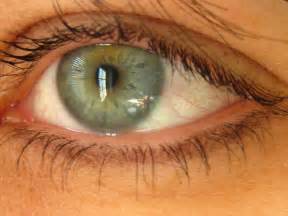 Dry eye may not sound like a serious health issue, but it can become one if it is left untreated.
Dry eye may not sound like a serious health issue, but it can become one if it is left untreated.
Tears are an essential part of good eye health. They keep your eyes moist and lubricated, to keep your eyes comfortable and ensure your eyelids don’t cause any damage when they blink up and down over the sensitive parts of your eyes.
What are your tears made of?
Tears are far more than mere water. In addition to it, tears also contain:
- Oil for lubrication
- Mucus to help spread the tears over the entire eye
- Antibodies and proteins to help prevent infection
Tears are produced by glands around your eye. But sometimes, your tear production can lessen, leading to dry eye.
The symptoms of dry eye include:
- A gritty or scratchy feeling in your eye/s
- Feeling like there’s something in your eye/s
- Itchiness
- Redness
- Blurred vision
- Sensitivity to light
In some cases, dry eye can actually cause too many tears, but these will be mostly water, so while they can be useful for getting foreign bodies out of your eye, they won’t keep the eye fully lubricated.
The most common causes include:
- Aging
- Menopause in women
- The side effects of various medications
- Medical conditions that affect your ability to produce tears, such as arthritis and other rheumatoid conditions
Treating dry eye
It is important to see your doctor if you have dry eye in order to find the root cause, in order to get the best treatment for your condition.
The usual treatments include:
- Artificial tears, for use several times during the day
- Artificial tears ointments, for nighttime use
- Air-tight goggles for nighttime wear, to stop the eyes from drying out overnight
- Checking gland production and unclogging them as needed
- Plugs, which can stop eye fluids from draining out of your eye too quickly
- Restasis, a prescription medication that increases tear production
- Xiidra, a drug similar to Restasis

